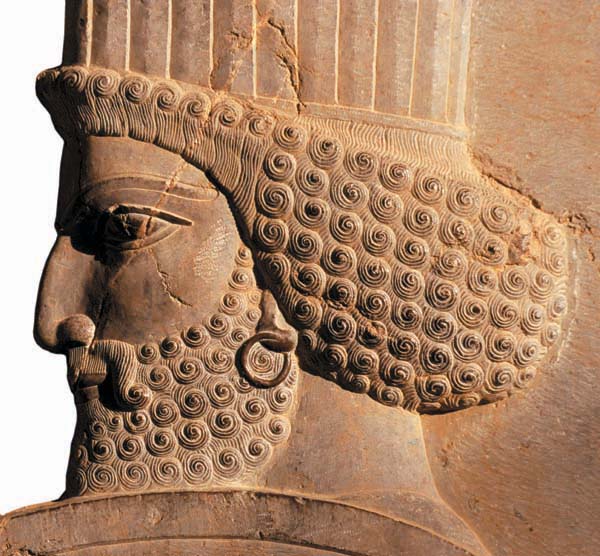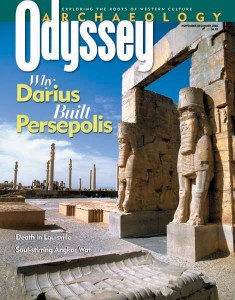Making (Up) History
Darius the Great Invented a Past to Legitimize His Rule

The ancient Persian empire, founded by Cyrus the Great (559–530 B.C.), was on the verge of chaos. In 525 B.C. Cyrus’s son and successor, Cambyses II, led a campaign in Egypt to expand the empire’s territories. Just three years later, however, Cambyses was forced to return to Persia to put down a revolt by his brother, Bardiya, but the king died on the journey.
The revolt was quelled by a man named Darius, who later became known as Darius the Great (522–486 B.C.). According to an inscription left by Darius at Mount Bisitun (or Behistun) in present-day Kermanshah, Iran, the man who claimed to be Bardiya was really an imposter named Gaumata, whom Darius called “the Magus.” The real Bardiya had died some years earlier, perhaps even murdered by Cambyses himself.
This kingdom that Gaumata the Magus stripped from Cambyses, that kingship from long ago had belonged to our family ... No one dared to say anything about Gaumata the Magus, until I came ... Afterwards I beseeched [the god] Ahuramazda; Ahuramazda bore me aid ... then I with a few men slew that Gaumata the Magus and those who were his foremost followers. I took the kingship from him ... The kingship that had been taken away from our family, that I reinstated.1
Already a library member? Log in here.
Institution user? Log in with your IP address.

